Let's say I have an array of phases similar to this:
import numpy as np
import matplotlib.pyplot as plt
phase = np.linspace(0., 100., 1000) % np.pi
plt.plot(phase)
plt.show()
(with many discontinuities like this)

How to get an array of more "continuous" phases from it?
Of course, I already tried with np.unwrap:
plt.plot(np.unwrap(phase))
or
plt.plot(np.unwrap(phase),discont=0.1)
but it stays exactly similar:

What I expected was an unwrapping like this:

